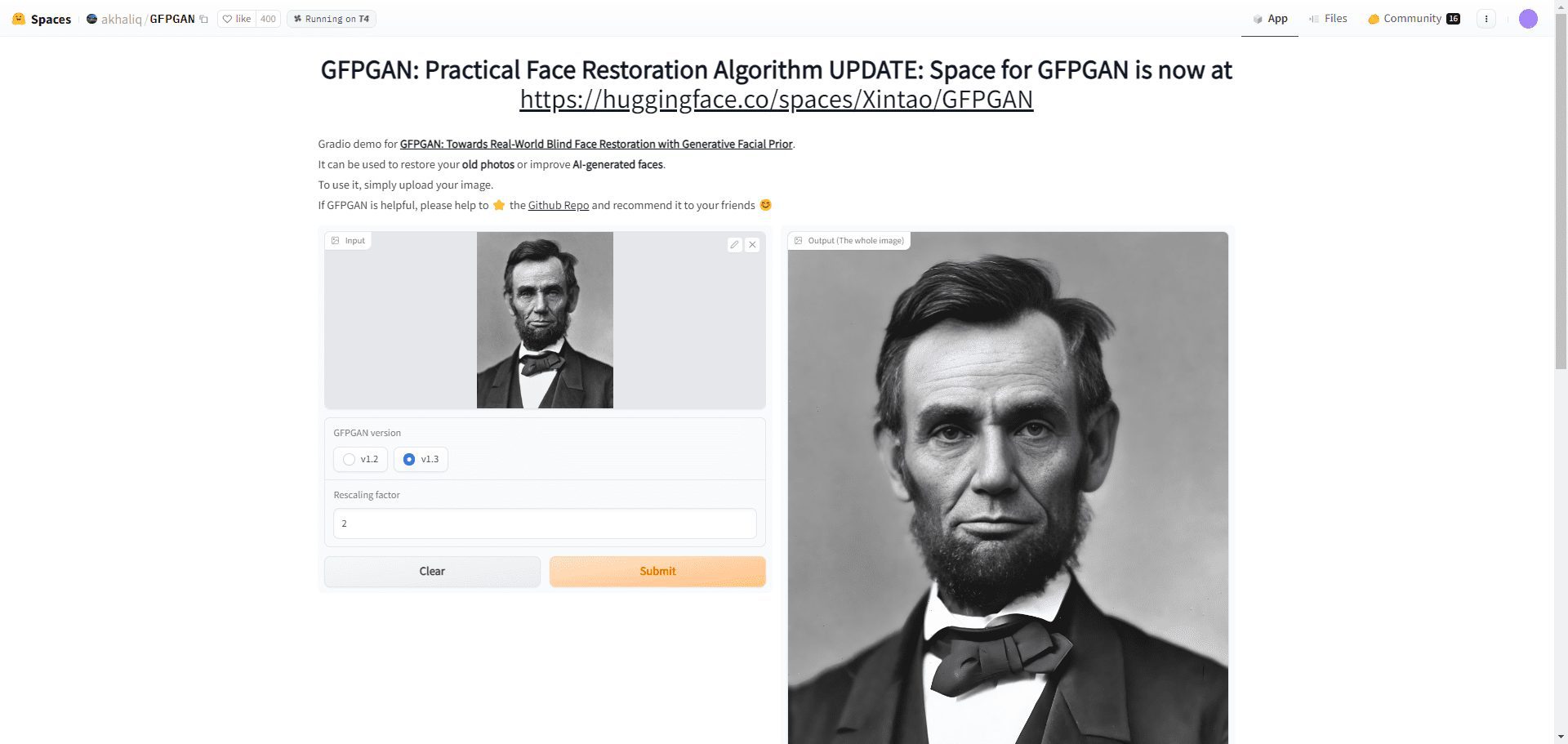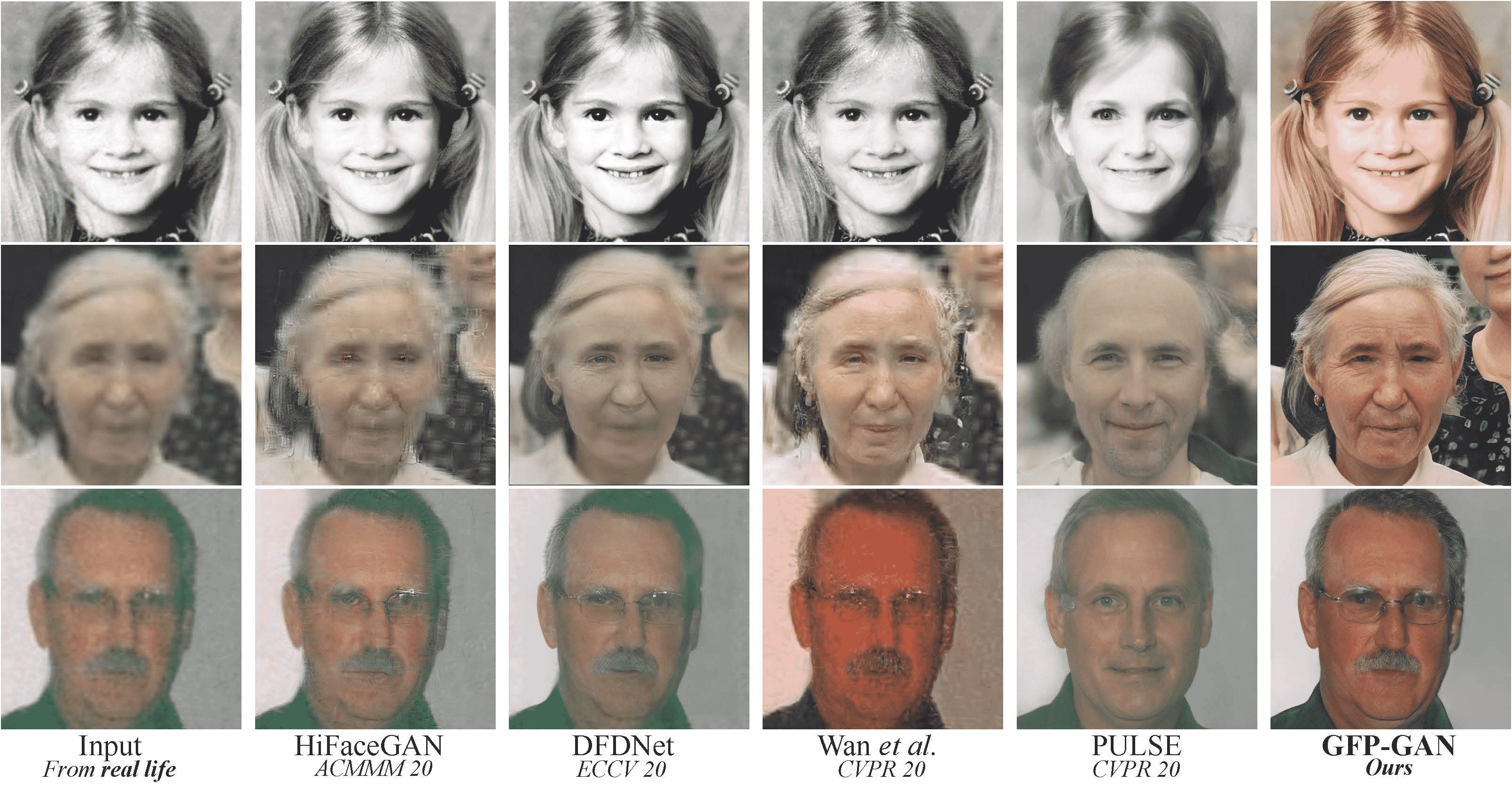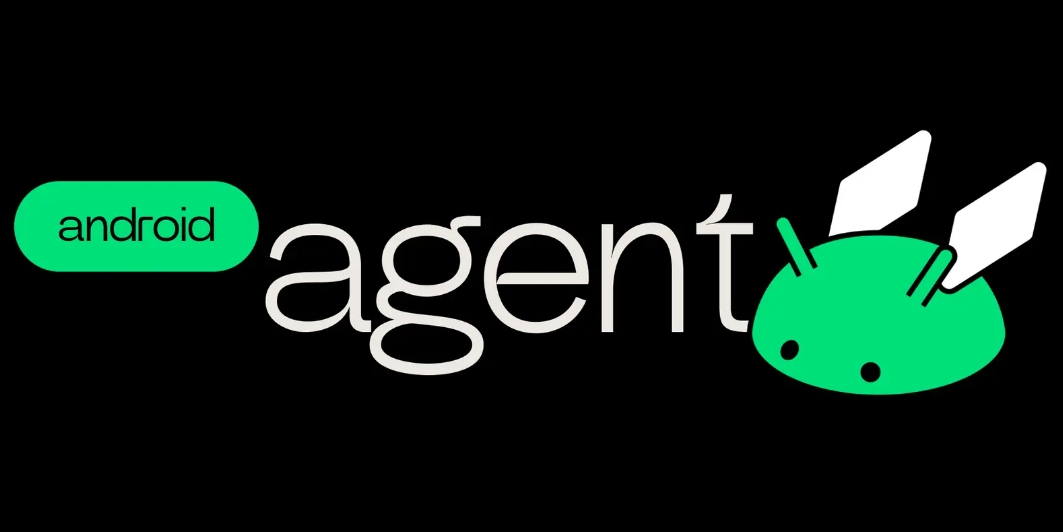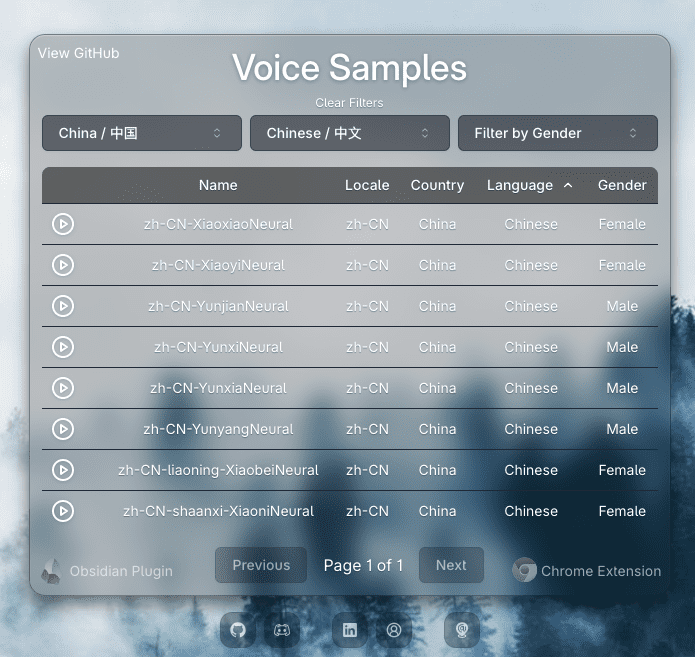GFPGAN: Tencent's open source face repair algorithm
General Introduction
GFPGAN (Generative Facial Prior GAN) is an open source face repair algorithm developed by Tencent ARC (Applied Research Center). The algorithm utilizes rich and diverse prior factors encapsulated in pre-trained facial GANs (e.g., StyleGAN2) for blind face repair.GFPGAN can effectively repair low-quality, old or AI-generated face images, solving the problems of detail loss and texture blurring that existed in the traditional methods, and realizing high-quality facial image repair and generation.


Function List
- Blind face repair: no a priori assumptions about the input image are required, enabling true blind repair.
- High-quality image generation: utilizing the prior knowledge of pre-trained face GAN, the generated results are more natural with good identity consistency.
- Low-quality image processing: Very low-quality input images can be processed to improve image quality.
- Open Source Project: Provide source code to facilitate secondary development and research by developers.
Using Help
- Installation process::
- Cloning of the GFPGAN project code:
git clone https://github.com/TencentARC/GFPGAN.git - Go to the project directory and install the dependencies:
cd GFPGAN pip install -r requirements.txt - Download the pre-trained model:
wget https://github.com/TencentARC/GFPGAN/releases/download/v1.3.4/GFPGANv1.3.4.pth
- Cloning of the GFPGAN project code:
- Usage::
- Run the following command for face repair:
python inference_gfpgan.py --input input_image.jpg --output output_image.jpg --model_path GFPGANv1.3.4.pth - Parameter Description:
--input: Enter the image path.--output: Output image path.--model_path: Pre-training model paths.
- Run the following command for face repair:
- Detailed Operation Procedure::
- Image Preprocessing: The input image can be cropped and resized to ensure optimal restoration before proceeding.
- Model Selection: Choosing different pre-trained models according to specific needs, GFPGAN provides a variety of models to adapt to different application scenarios.
- Optimization of results: The result can be further optimized after fixing, such as adjusting brightness, contrast, etc. for better visual effects.
- common problems::
- Unsatisfactory restoration results: Try to use different pre-trained models, or pre-process the input image.
- slow-moving: Ensure that GPU acceleration is used and optimize code performance.
online operation
© Copyright notes
Article copyright AI Sharing Circle All, please do not reproduce without permission.
Related posts

No comments...




